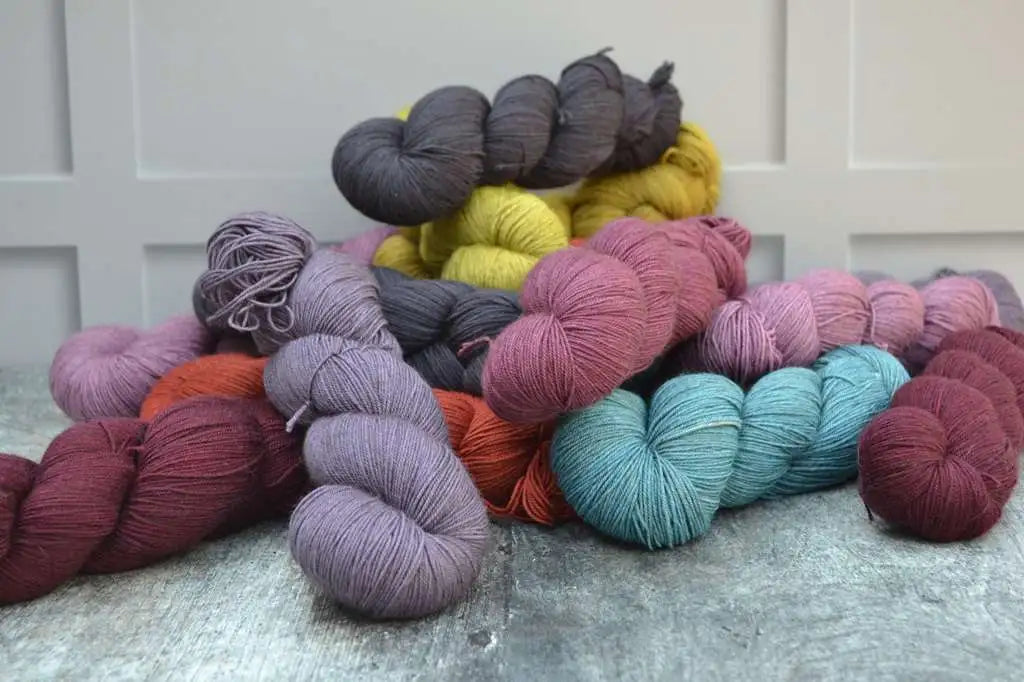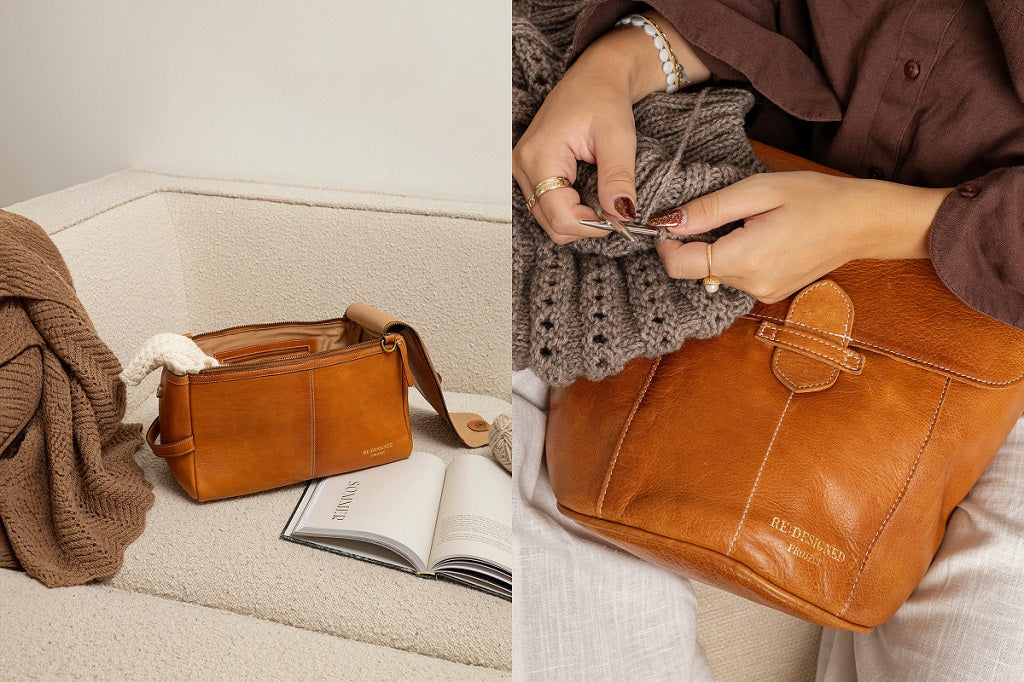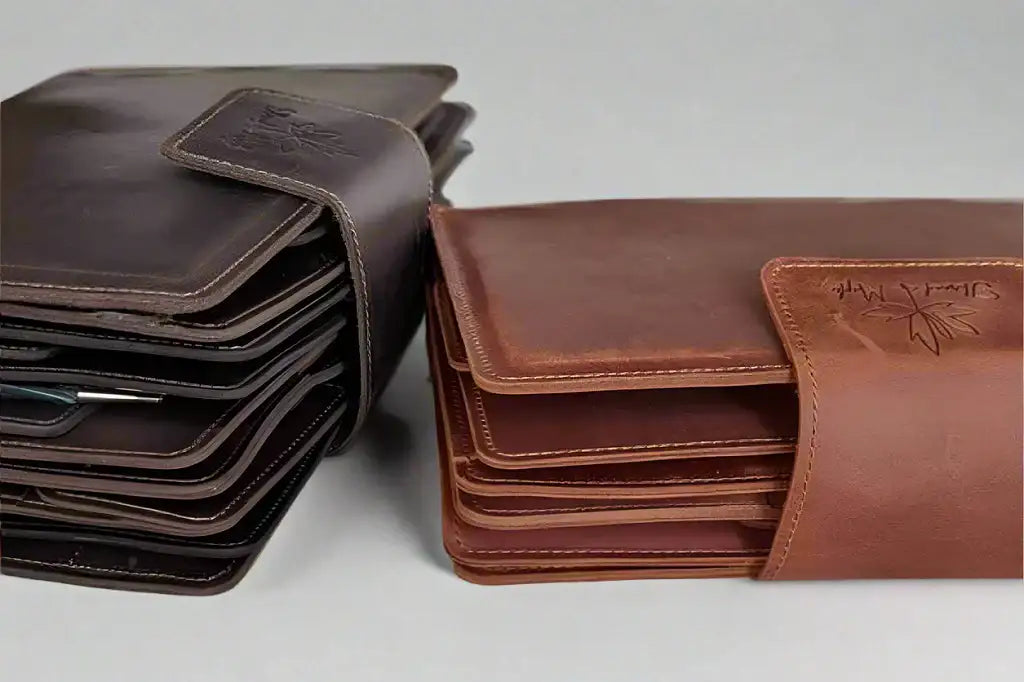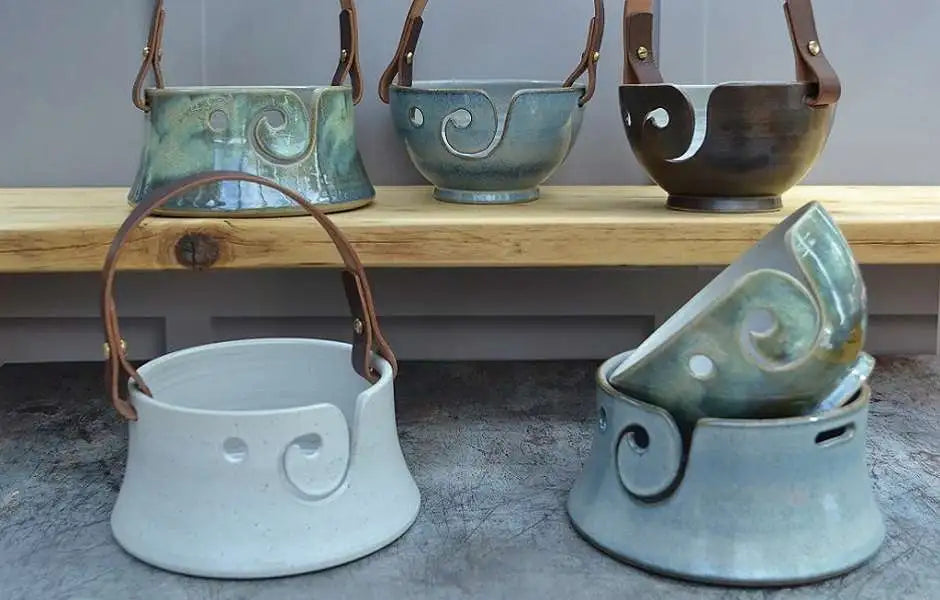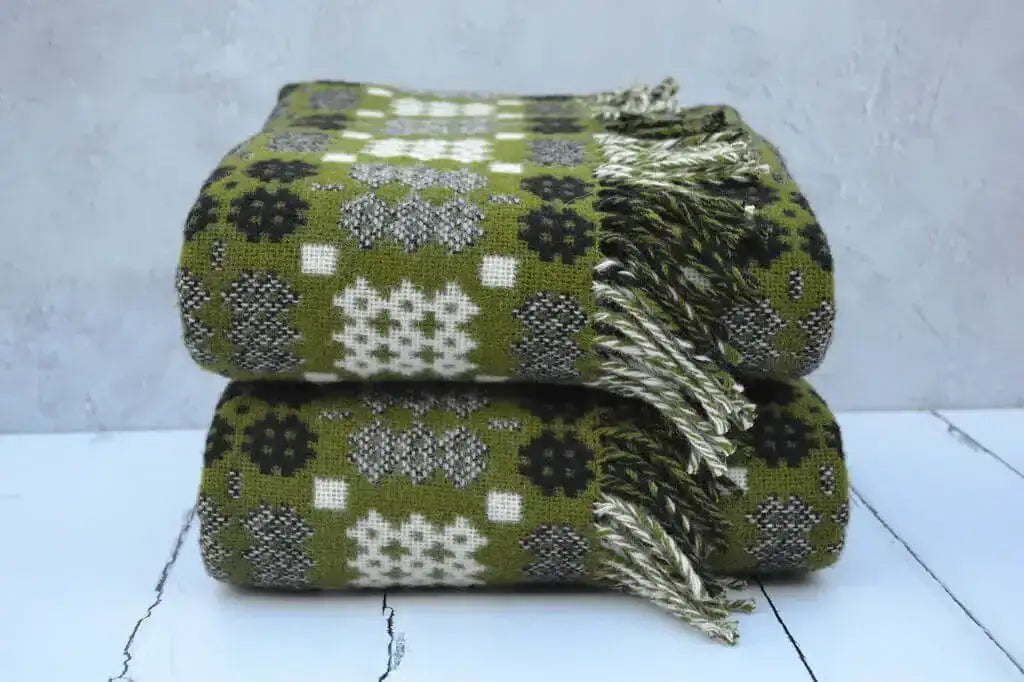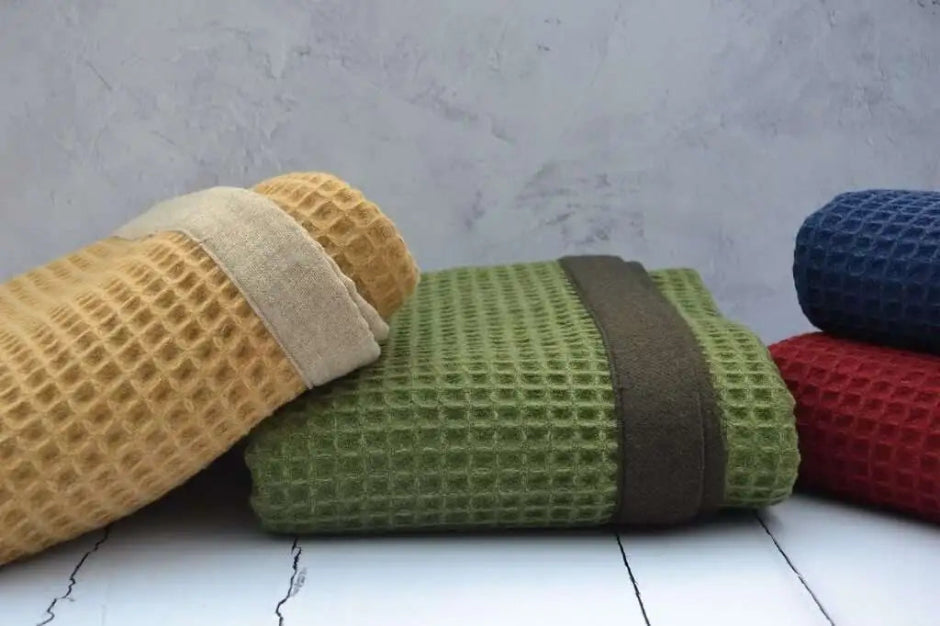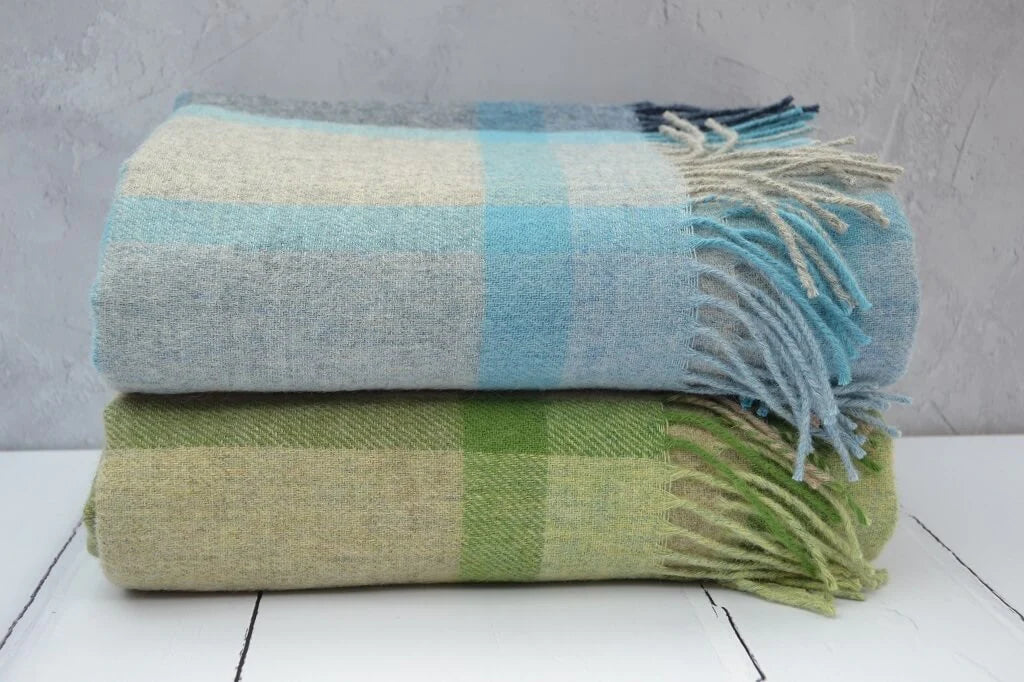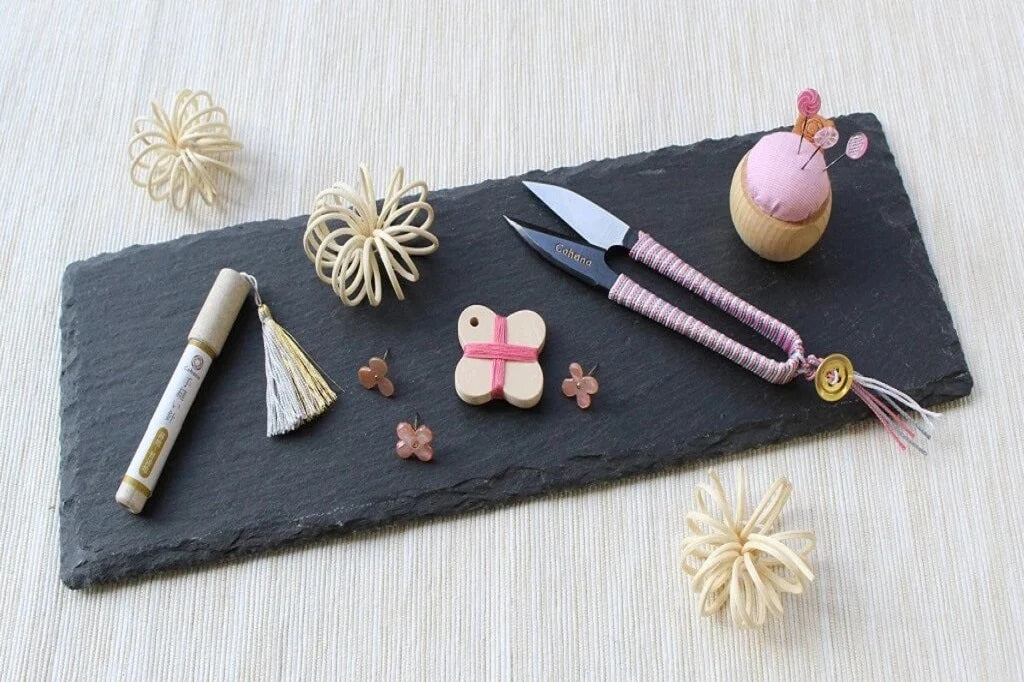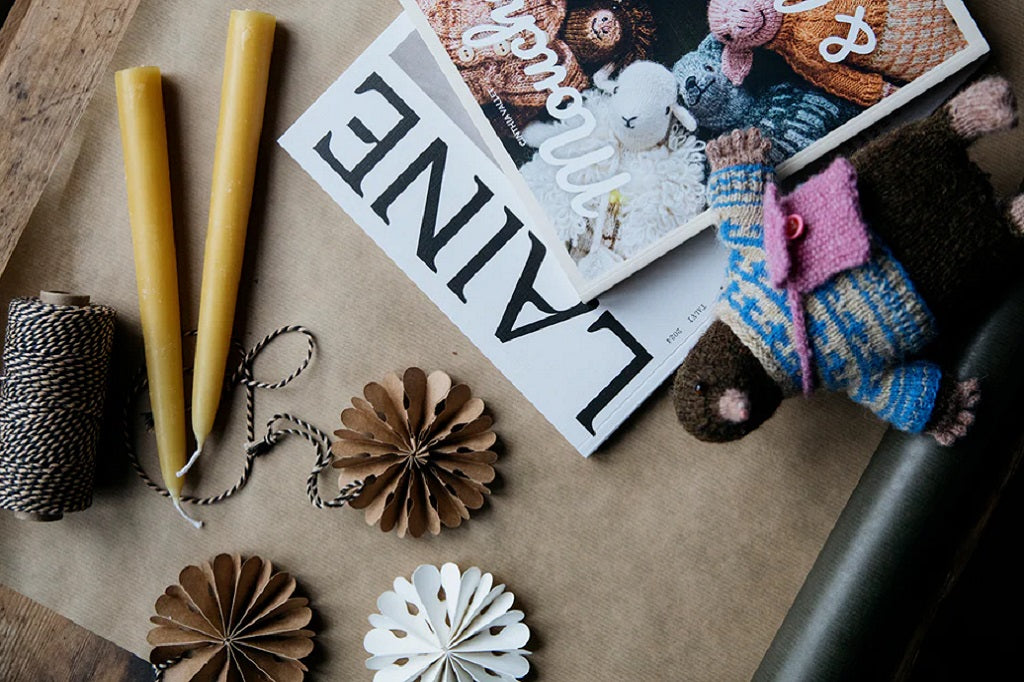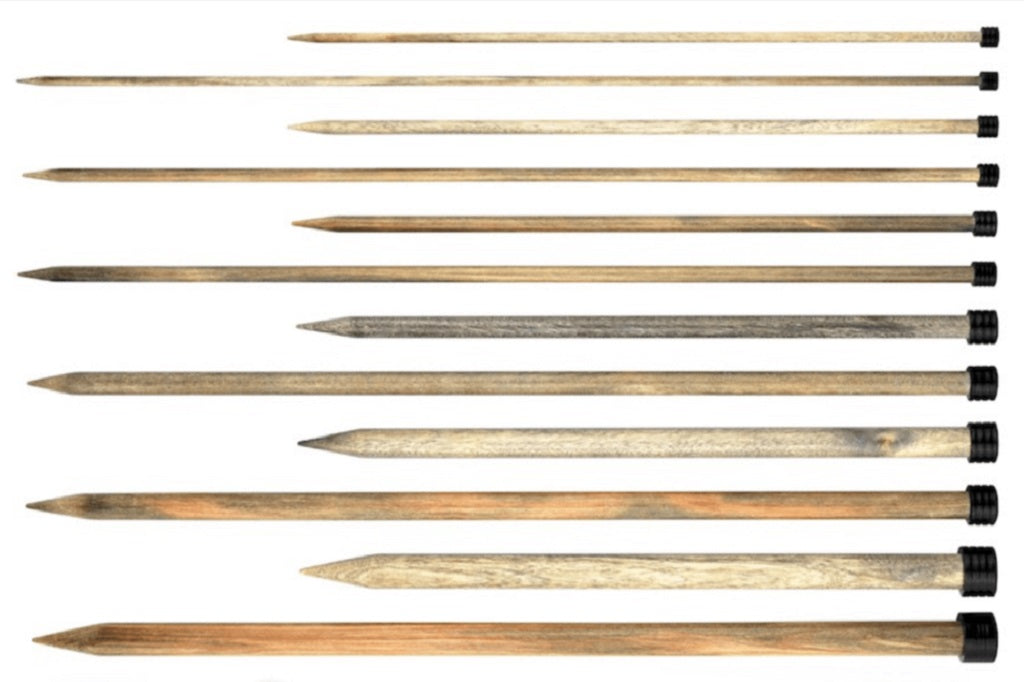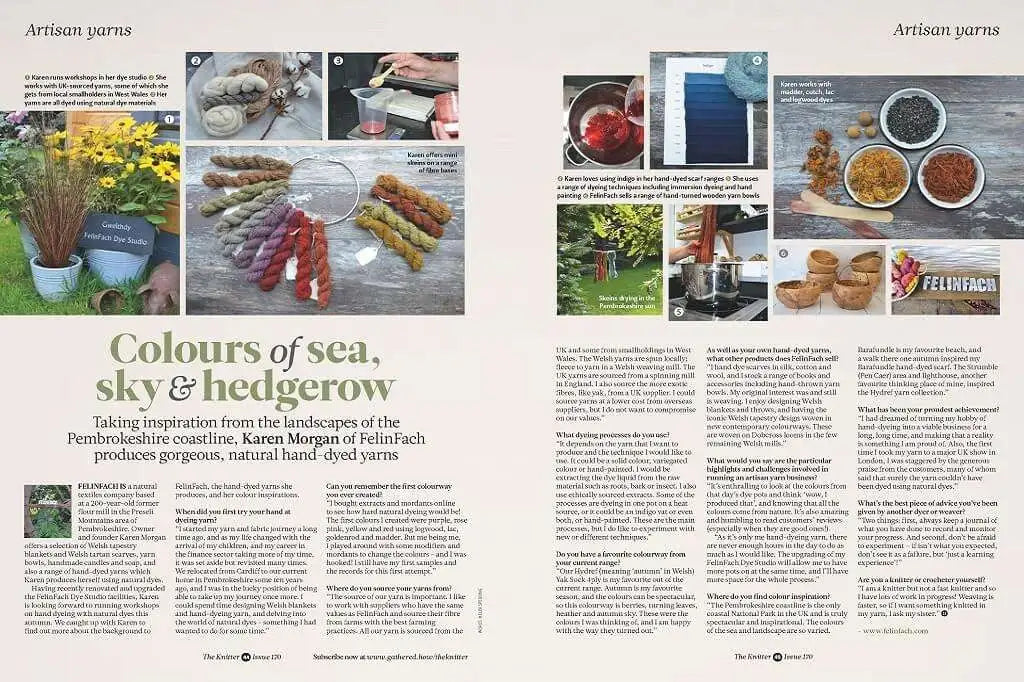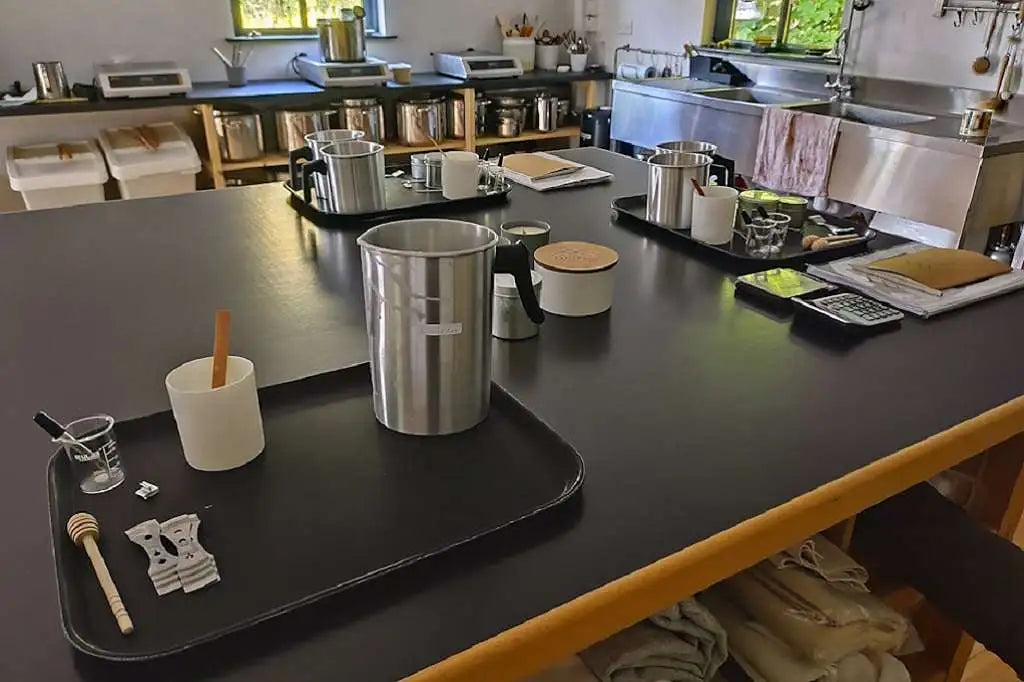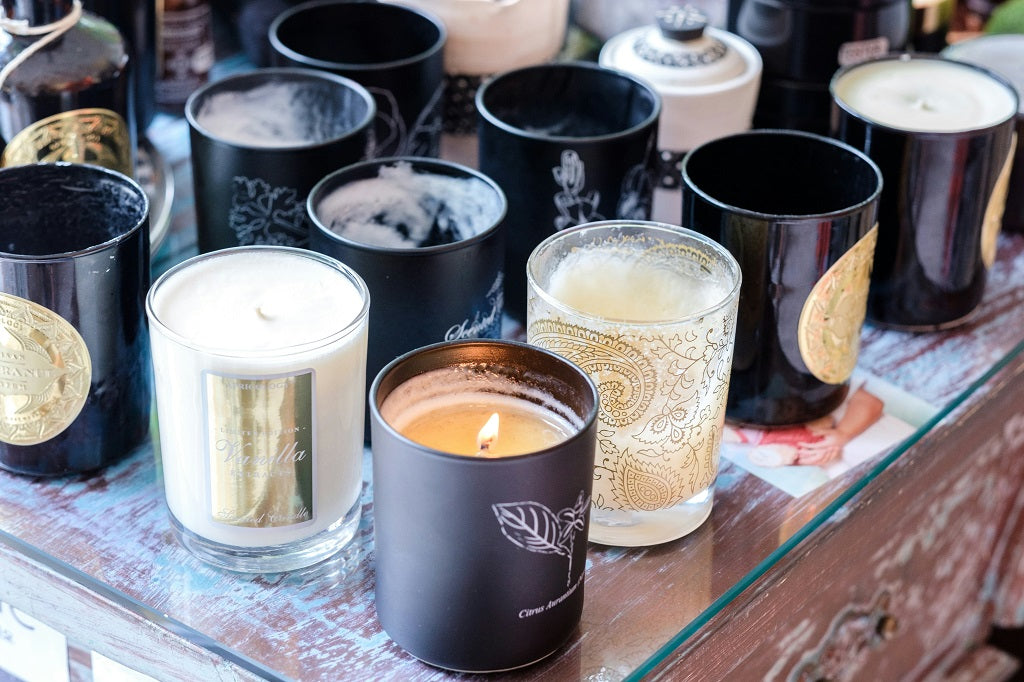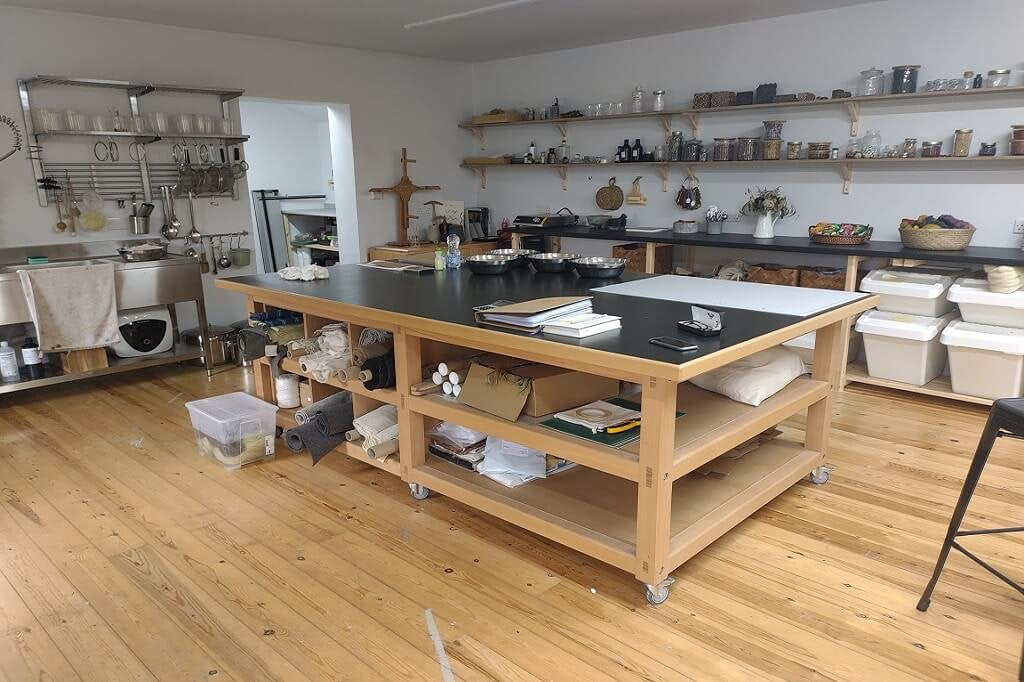Yarn Shop
Welsh Blankets
Clearance Sale
Craft Courses
Hen Galan - Calennig - Cwm Gwaun
Hen Galan - New Year Celebrations, 13th January!
Summary
Christmas is over and now is the time for New Year celebrations. For most of the world, this is on 31st December. But wait, in a small part of west Wales, the New Year is celebrated on 13th January!! Hen Galan (New Year) is celebrated in the village of Cwm Gwaun and nearby areas, thirteen days after everyone else. Cwm Gwaun uses the Julian calendar, which is currently 13 days behind the commonly used Gregorian calendar.
Cwm Gwaun
In the Welsh villages in Cwm Gwaun, near Fishguard in Pembrokeshire, local people are keeping old traditions alive by celebrating the New Year, known as Hen Galan, 13 days after everyone else. The people of Cwm Gwaun use the Julian calendar, which is currently 13 days behind the commonly used Gregorian calendar.

Celebration Days and Festivals in Wales
Here is a short list of celebration days and festivals in Wales. All these days are listed on the "Celebration Days in Wales" page below.
Cwm Gwaun, Hen Galan and the Julian Calendar
Back in the 1700s, the people of Cwm Gwaun used the Julian calendar (named after the Roman Julius Caesar in 45 AD). Controversially, this was replaced in 1752 by the Gregorian calendar, which is the most commonly used calendar today. Pope Gregory XIII had approved the change to the Gregorian calendar nearly 200 years earlier in 1582 but it took until 1752 for it to be fully adopted. Most countries and communities in the world converted to the Gregorian calendar hundreds of years ago - Cwm Gwaun didn't!
Currently the Julian calendar is 13 days behind the Gregorian calendar – the science behind this is long and complicated! Briefly, the change reflected improving scientific knowledge about how the universe worked and was designed to correct discrepancies between the current calendar and astronomical events which were slowly going out of sync! The old Julian calendar was based on a solar year making a year which was slightly too long so that the dates gradually fell out of sync with the seasons. The alternative system introduced by Pope Gregory used an astronomical calendar which involved adding a day every four years to keep the calendar and the seasons in sync!
However, the surrounding areas of Cwm Gwaun, in particular Pontfaen and Llanychaer, had no time for the new calendar and therefore they continue to celebrate the New Year, Hen Galan, on 13th January. They have also preserved these old traditions of New Year's celebrations into this modern age - maybe they the only British community that celebrates New Year's Day on January 13th!
Calennig
According to old Welsh traditions, the children go from door to door singing and are given ‘Calennig’ in return, sweets or money or both! Calennig is a Welsh word which translates literally as "the first day of the month" but it also means a New Year celebration or a New Year gift. The most frequently heard song sung by children these days is;
Blwyddyn Newydd dda i chi
A happy new year to you
Ac i bawb sydd yn y tŷ
And to everyone in the house
Dyma fy nymuniad i
This is my wish
Blwyddyn Newydd dda i chi
A happy new year to you
There are other Calenning rhymes, for example,
Dydd calan yw hi heddiw, Rwy’n dyfod ar eich traws I ‘mofyn am y geiniog, Neu grwst, a bara a chaws. O dewch i’r drws yn siriol Heb newid dim o’ch gwedd; Cyn daw dydd calan eto Bydd llawer yn y bedd.
Translated: Today is the start of the New Year, and I have come to you to ask for coins, or a crust, and bread and cheese. O come to the door cheerfully without changing your appearance; Before the next arrival of the new year many will be dead.
After Calennig, these days, everyone now meets in Bessie’s infamous front room pub (The Dyffryn Arms) in the village. Revellers gather to share a tipple, and the locals cook a large meal for the family. Traditionally Hen Galan was a more significant celebration event than Christmas, so turkey or goose roast dinners were common for the celebrations.
Whilst all these celebrations are taking place in Cwm Gwaun, Cardiff, the capital city of Wales has its own Calennig celebrations to welcomes the New Year by the civic buildings in Cathays Park. There is a real party atmosphere with live music, fairground rides, midnight fireworks display and ice-skating at Cardiff's Winter Wonderland. However, these celebrations take place on the evening on 31st December each year and not on 13th January!!!
Cwm Gwaun
Cwm Gwaun is a narrow, wooded valley of the river Gwaun which rises above the village of Pontfaen and flows through the valley to Fishguard (Abergwaun in Welsh). Much of the Cwm is in the Pembrokeshire National Park. Despite its proximity to Fishguard, Cwm Gwaun feels strangely remote and mysterious - it is a place to escape the crowds along a beautiful and remote steep sided valley noted for its woodlands, wildlife and local traditions stemming back generations. There remain many ancient sites in Cwm Gwaun and, famously, its inhabitants preserve the traditions for the Julian calendar, which was abandoned by the rest of Britain in 1752. The steep-sided valley was formed out of an epic geological convulsion, carved in a V-shaped by the rushing waters from melting glaciers. Geologists list it as one of the most important melt-water channels in Britain from the last Ice Age.

It is a small community with a population of about 350 inhabitants, but it contains 21 listed buildings in the Gwaun valley including the parish church and Dyffryn Arms. The valley has a school in the village, also known as Cwm Gwaun, called Ysgol Llanchllwydog. It has a famous pub in Pontfaen called the Dyffryn Arms or Bessie's Pub and a micro-brewery in a redundant granary in a farmyard at Kilkiffeth Farm. The pub has been in the same family since 1840, it is a still working reminder of the country pubs of earlier generations.

About FelinFach
Located in Pembrokeshire Wales, our ethos is defined in the three words...
NATURAL TRADITIONAL HANDMADE.
- Hand woven iconic Welsh blankets.
- Hand dyed yarn, dyed with natural dyes only - no exceptions!
- Hand poured candles, candle accessories and Candle Making Workshops.
- Natural Dyeing Craft courses.
- Yarn shop, yarn bowls, project bags, tools and accessories for knitters and crafters.
- Welsh Gifts, made in Wales, handmade in Wales.
We are a proud supporter of Americymru the Campaign for Wool, Global Welsh and Red Dragon America.
Other FelinFach Pages
Last updated 14th January 2025

